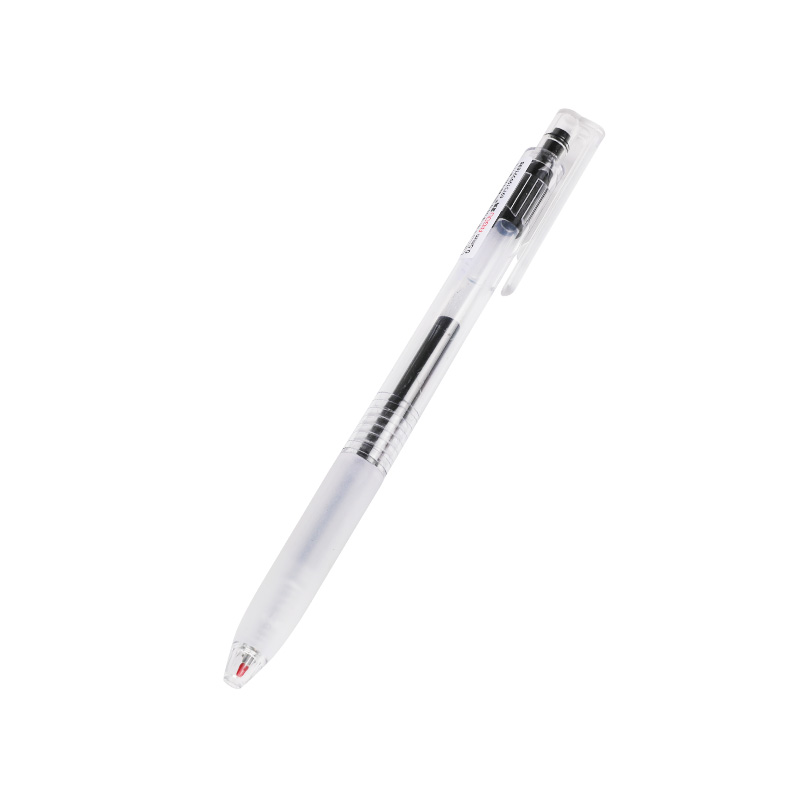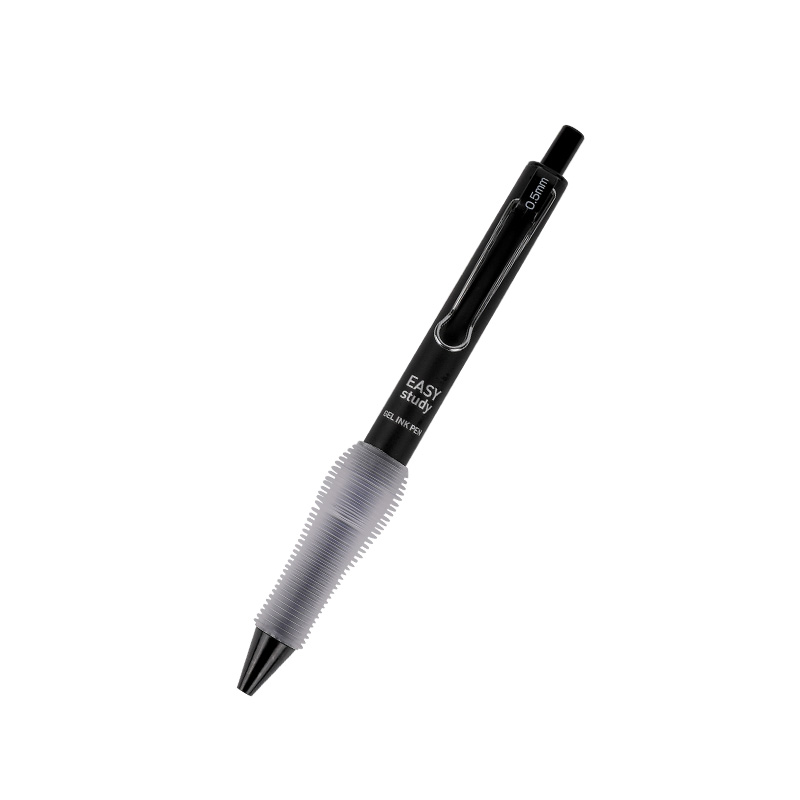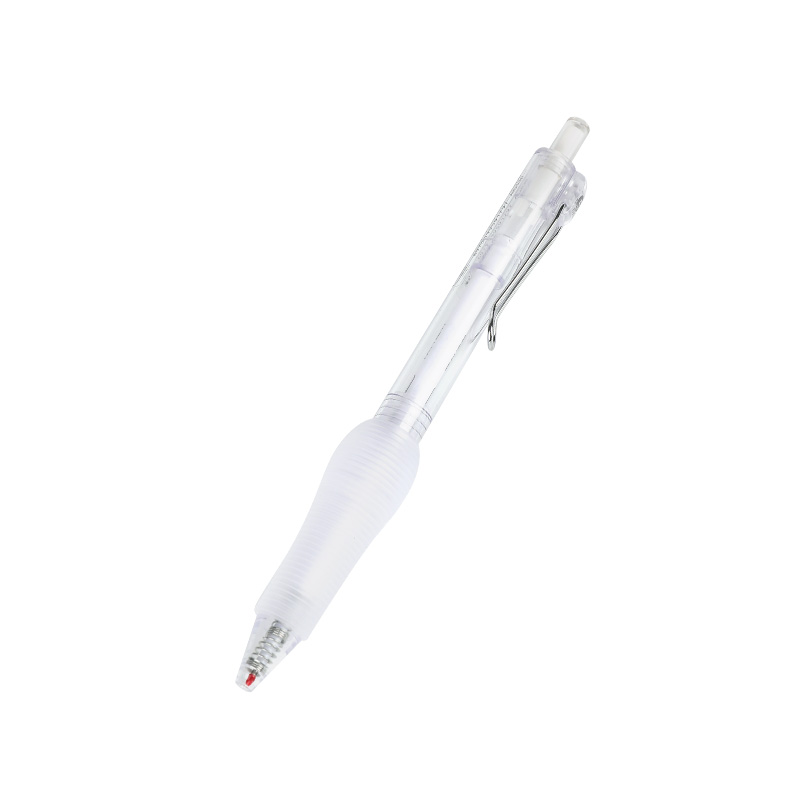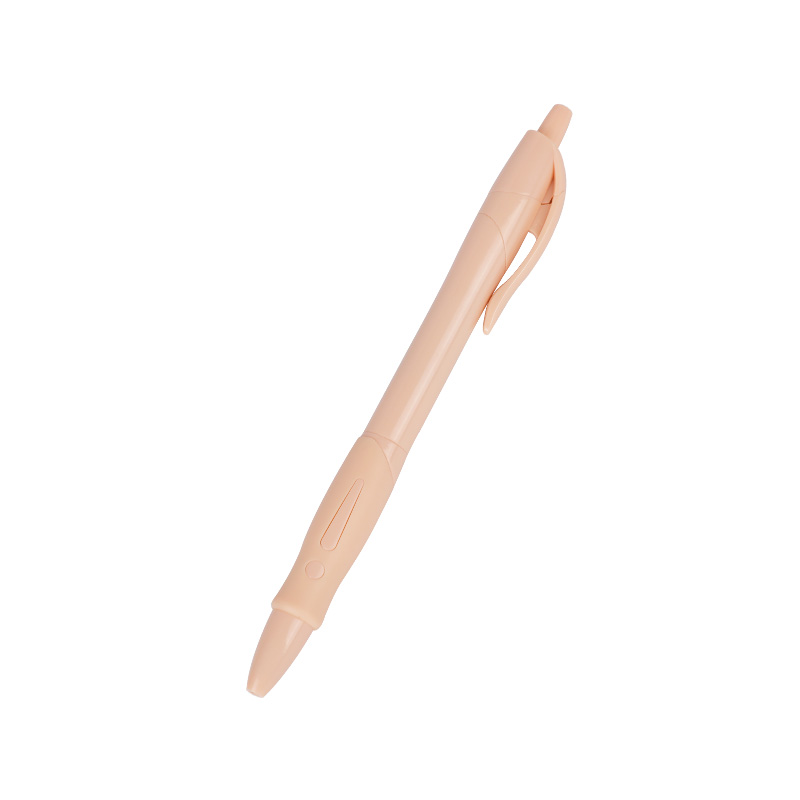Eco Friendly Rolling Ball Pens and How European Markets Respond
As environmental concerns grow across the globe, many consumers and businesses are re-evaluating their purchasing habits to prioritize sustainability. The Rolling Ball Pen, once seen simply as a disposable office or school tool, is now being reimagined with eco friendly materials and reusable designs. Nowhere is this shift more apparent than in European markets, where consumer behavior and regulatory frameworks strongly favor products with reduced environmental impact. The transformation of the Rolling Ball Pen from a single-use plastic item to a more sustainable writing instrument highlights how industry and consumer preferences are changing.
The Rise of Eco Friendly Rolling Ball Pens
Eco friendly Rolling Ball Pen models typically feature one or more of the following attributes: refillable ink cartridges, recyclable materials, biodegradable plastics, or reduced packaging. The demand for these alternatives is growing across several sectors, including education, corporate environments, and public institutions. European buyers are increasingly looking for Rolling Ball Pen options that align with their values, with an emphasis on responsible material sourcing and waste reduction.
Some Rolling Ball Pen manufacturers are incorporating recycled plastics in their product lines, while others are exploring innovative materials such as bio-resins derived from corn or sugarcane. These changes, although incremental, represent a move toward more environmentally responsible production methods without compromising the functionality of the Rolling Ball Pen.
Market Response in Germany and Scandinavia
Germany has long been a sustainable practices, and the writing instruments market is no exception. German consumers expect both quality and environmental responsibility from everyday products. Many local and international brands have responded by launching Rolling Ball Pen ranges that are refillable and made with recycled or recyclable materials.
In Scandinavia, particularly in Sweden and Denmark, the emphasis on eco consciousness influences institutional procurement policies. Government offices and public schools often include sustainability criteria when selecting stationery. The Rolling Ball Pen is often purchased in bulk for these environments, and refillable pens with reduced plastic content are favored. Scandinavian consumers are also more likely to choose a Rolling Ball Pen that is made locally or regionally to minimize transportation-related emissions.
The Role of EU Regulations
The European Union has introduced regulations aimed at reducing single-use plastics and encouraging circular economy practices. These initiatives have indirectly influenced the design and distribution of the Rolling Ball Pen. Manufacturers that wish to remain competitive in European markets must now consider the environmental impact of their products more seriously.
As a result, several Rolling Ball Pen brands have reformulated their products to meet environmental standards. This includes using water-based inks with fewer volatile compounds, minimizing non-recyclable packaging, and offering long-life pen bodies designed for multiple refills. Retailers are also contributing by highlighting eco friendly Rolling Ball Pen options in stores and online platforms.
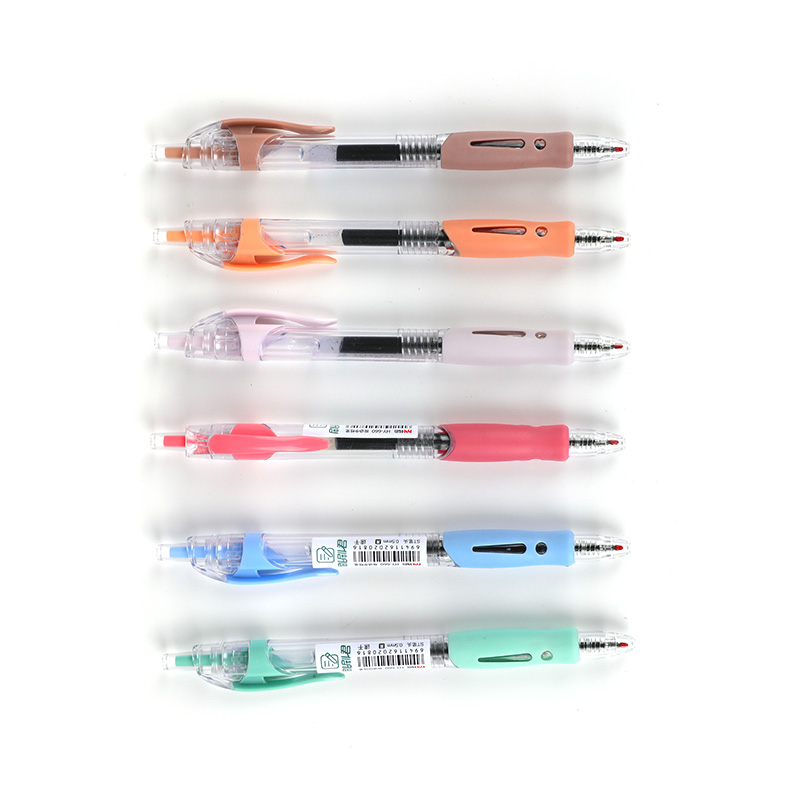
Consumer Awareness and Brand Positioning
European consumers are more informed than ever about sustainability. They often research products before purchase and tend to favor brands that demonstrate transparency in material sourcing and production methods. In this environment, the Rolling Ball Pen is more than a utility—it becomes part of a personal or organizational effort to reduce environmental impact.
Some brands are positioning their eco friendly Rolling Ball Pen lines as part of larger sustainability initiatives, including carbon offsetting, recyclable packaging programs, and partnerships with environmental organizations. In doing so, they create a stronger emotional connection with the consumer, who sees their purchase as a small but meaningful contribution to a larger cause.
Challenges in Adoption
While there is growing demand, several challenges remain in the widespread adoption of eco friendly Rolling Ball Pen models. Cost remains a factor for some consumers and institutions, as refillable or biodegradable versions can be priced higher than conventional options. Availability is another concern; not all retailers carry sustainable alternatives, particularly in smaller towns or outside major cities.
Nonetheless, many companies are working to improve production efficiency to lower the cost of eco friendly Rolling Ball Pen models. As economies of scale develop, prices are expected to become more competitive. Increased visibility and marketing efforts are also helping to raise awareness and broaden consumer access to these sustainable choices.
A Continued Shift in the European Market
The Rolling Ball Pen may seem like a small item in the broader context of environmental change, but its high usage volume makes it a meaningful focus for sustainability efforts. As more companies innovate and consumers become more selective, the Rolling Ball Pen will continue to evolve in design and materials.
European markets are likely to remain at the forefront of this transition, not only because of regulations but also due to widespread public support for eco conscious alternatives. The future of the Rolling Ball Pen in Europe appears to be closely tied to principles of sustainability, responsible sourcing, and long-term usability.

